17 Types of Wood Fences That Look Great & Provide Privacy
If you think that a wood fence is boring or plain, you haven’t seen the wide selection of wood fence styles we offer! Wood fences…
Your One-Stop Shop for Creating The Ultimate Outdoor Living Space.
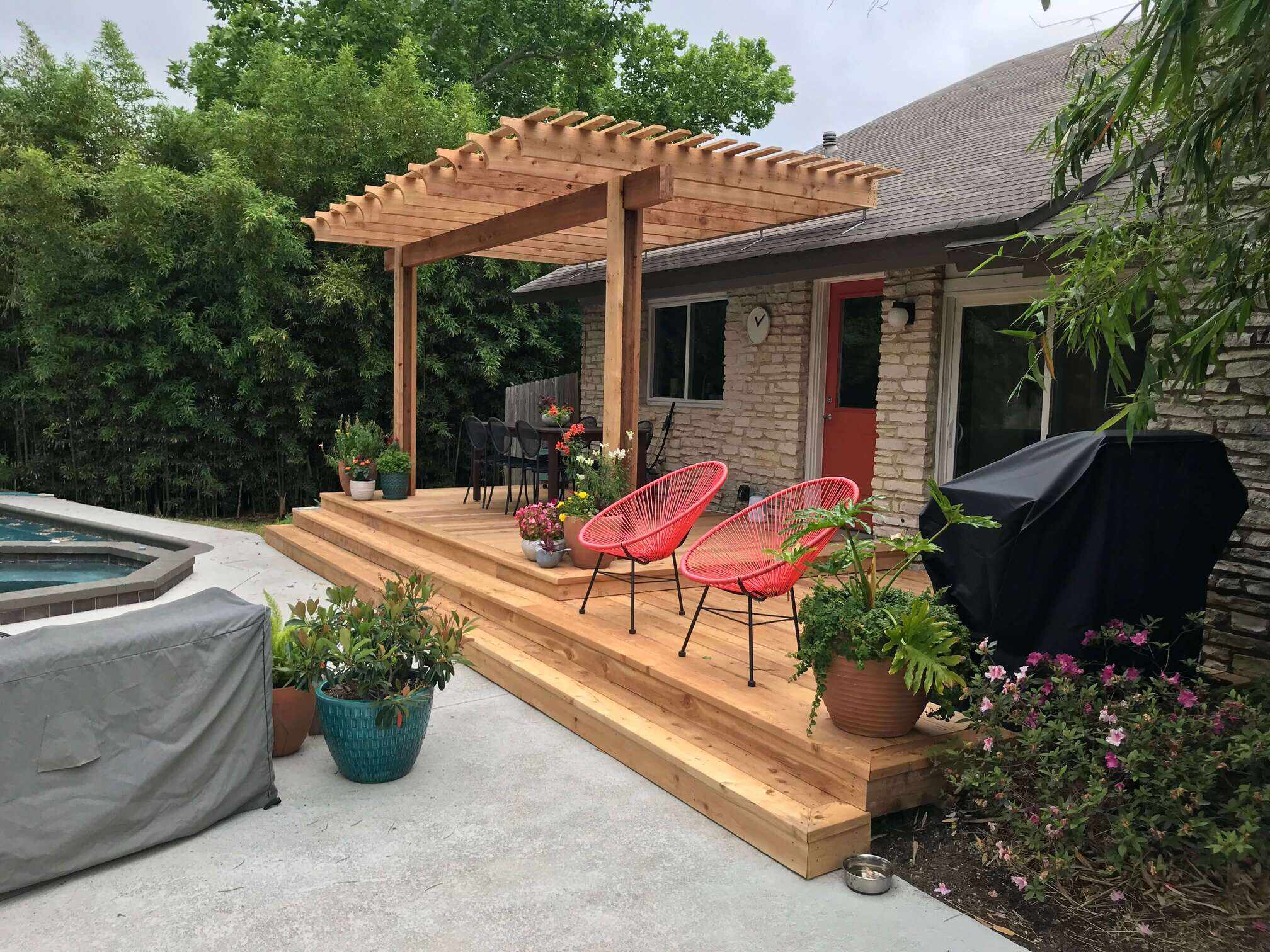
As more and more homeowners look for attractive solutions to enhance their outdoor spaces,…
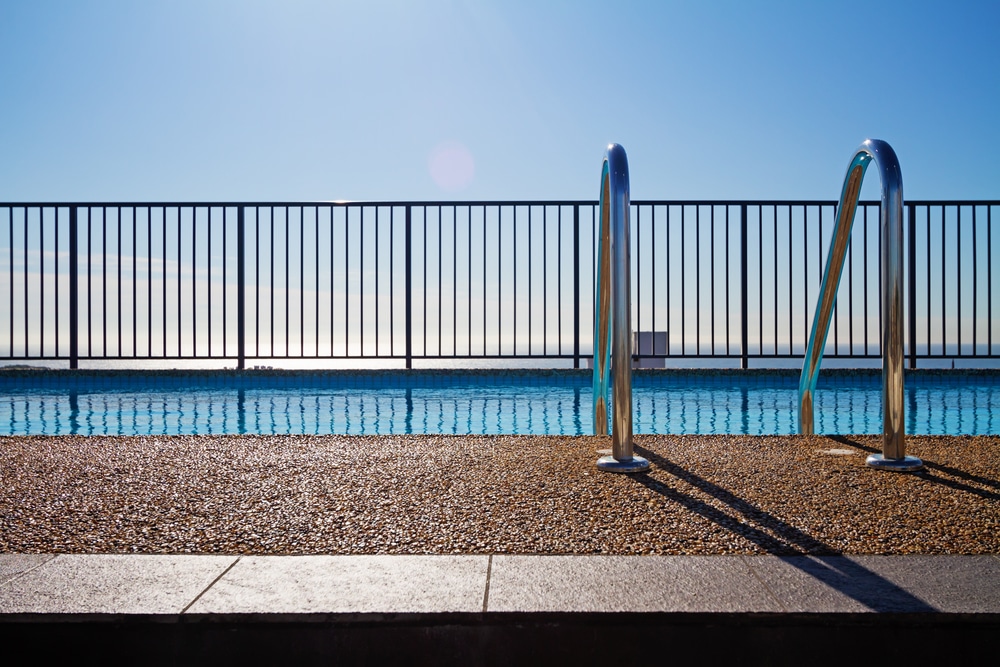
Summer is all about fun in the sun. Trips to the beach, sleeping in…

If you own a dog, a fenced-in backyard is a must to give your…
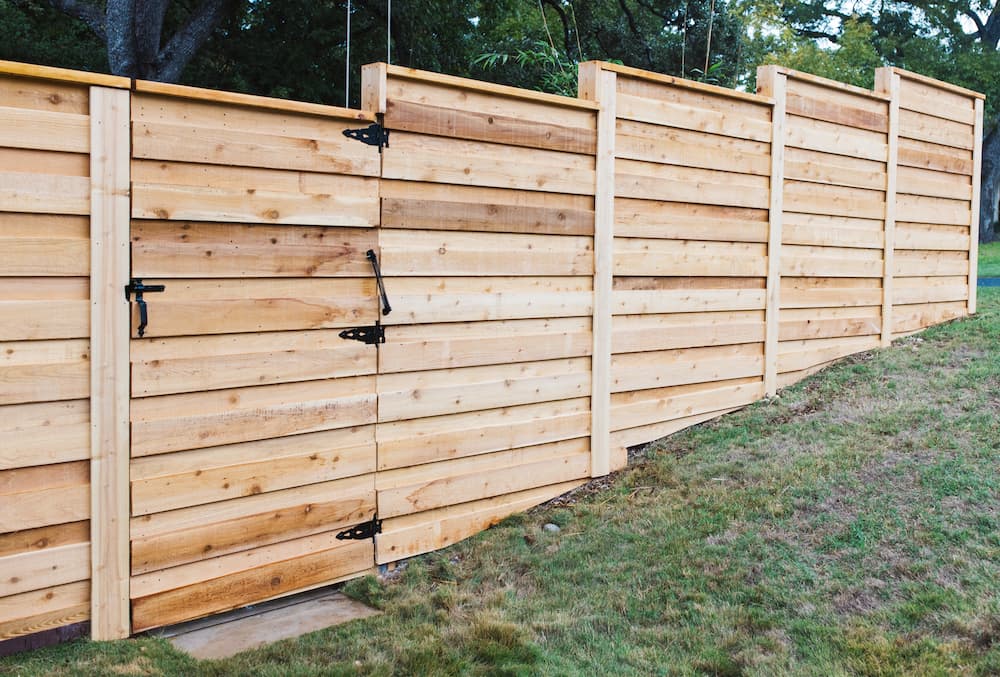
Though your backyard fence is a practical feature for safety and privacy, the right…

If you’re considering a new cedar fence to protect the privacy of your home…

Wood fences are the classic choice, from the iconic white picket fence to the…

If you’re looking for new fencing, there are a lot of things to consider. …
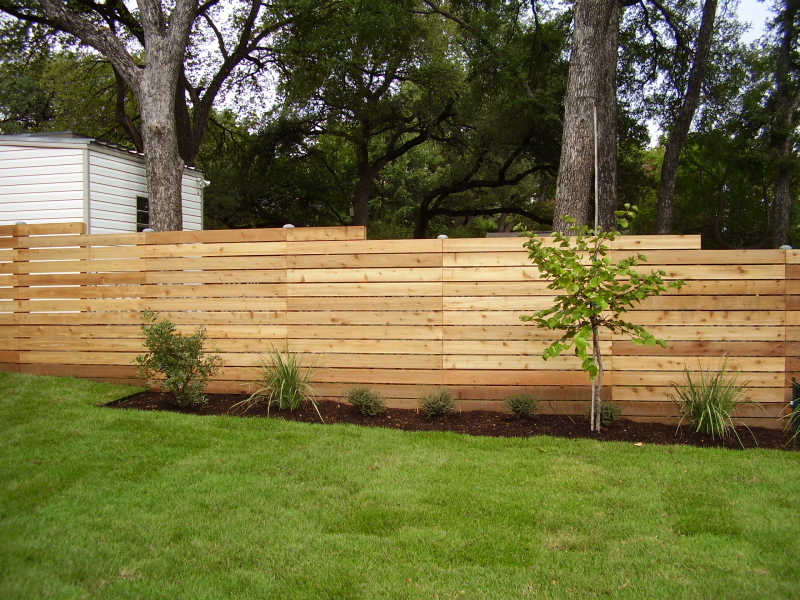
All fences provide privacy, security, and a beautiful backyard focal point. However, there are…
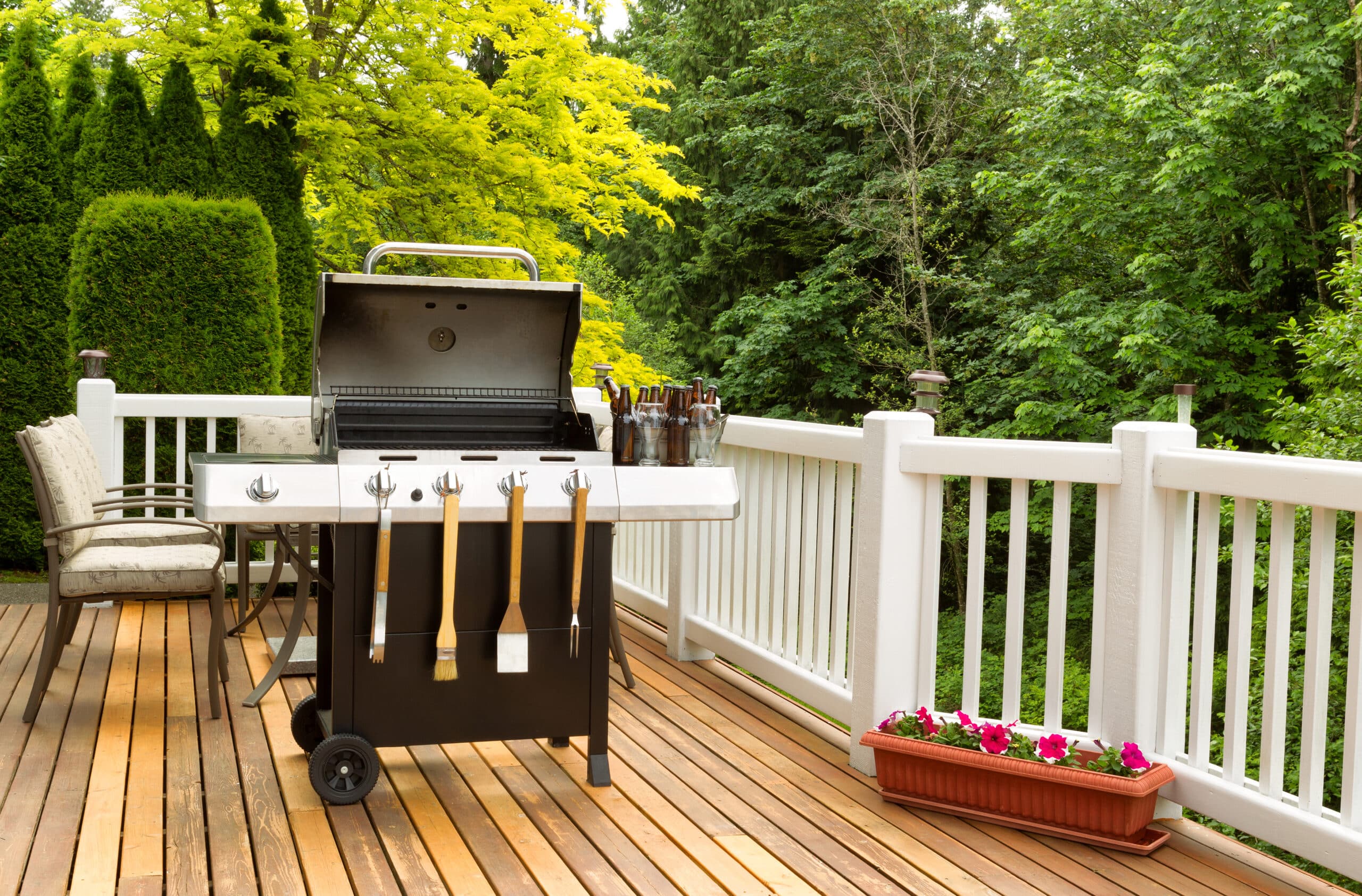
Outdoor decks are the perfect place for alfresco dining, but is it safe to…
